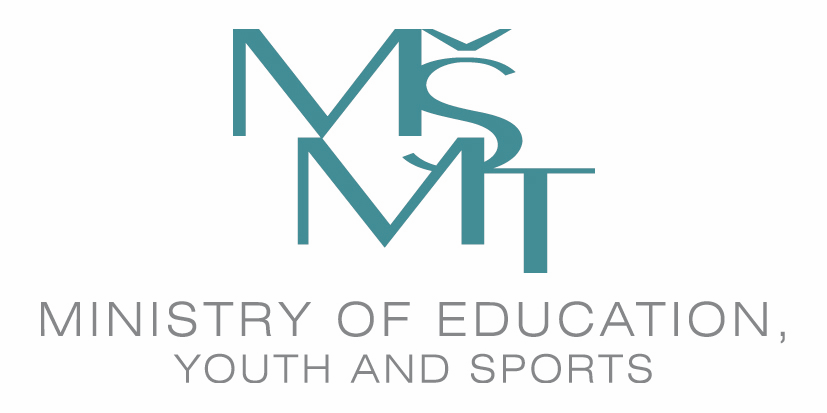[ONLINE] Basic Quantum Computing Algorithms and Their Implementation in Cirq (EuroCC)
ONLINE

Annotation
Quantum computers are based on a completely different principle than classical computers. This course aims to explain this difference by showing how basic quantum computing algorithms work in practice. It is focused on the theoretical foundations, mathematical description and practical testing of the resulting quantum circuits.
On the first day, a brief introduction to quantum computing explanation of quantum entanglement and its applications (e.g., quantum teleportation) will be made. Then the principle of quantum superposition will be clarified, and it will be shown on Bernstein-Vazirani and Simon's algorithms how this superposition can be used in practice.
The second day will be started with Grover's algorithm and then switch to the quantum Fourier transform and practical examples of its use (quantum phase estimation, Shor's algorithm).
Benefits for the attendees, what will they learn
By the end of this course, participants should understand why quantum computers are able to solve the problem of exponential complexity in less than exponential time, what the difference is between natural quantum parallelism and parallel programming on HPC, or what the principle of quantum teleportation is based on.
Furthermore, thanks to the hands-on part, they should be able to program and run a simple quantum circuit in the Cirq environment.
Level
beginner, intermediate
Language
English
Prerequisites
Basic knowledge of linear algebra, complex numbers, and programming in Python.
Tutor
Jiří Tomčala is a researcher at IT4Innovations National Supercomputing Center. He graduated with a degree in Applied Mathematics in 2016 and earned his Ph.D. in Computer Science in 2021. In 2021 and 2022, he received the Certificate of Quantum Excellence from IBM Quantum twice and participated as a mentor for quantum computing projects in the PRACE Summer of HPC 2021 and 2022. He is an active researcher in the field of quantum computing and regularly contributes his latest results to scientific conferences.
Acknowledgements

This project has received funding from the European High-Performance Computing Joint Undertaking (JU) under grant agreement No 101101903. The JU receives support from the Digital Europe Programme and Germany, Bulgaria, Austria, Croatia, Cyprus, Czech Republic, Denmark, Estonia, Finland, Greece, Hungary, Ireland, Italy, Lithuania, Latvia, Poland, Portugal, Romania, Slovenia, Spain, Sweden, France, Netherlands, Belgium, Luxembourg, Slovakia, Norway, Türkiye, Republic of North Macedonia, Iceland, Montenegro, Serbia. This project has received funding from the Ministry of Education, Youth, and Sports of the Czech Republic.

This course was supported by the Ministry of Education, Youth and Sports of the Czech Republic through the e-INFRA CZ (ID:90254).

All presentations and educational materials of this course are provided under the Creative Commons Attribution-ShareAlike 4.0 International (CC BY-SA 4.0) license.